1772
Castles of Loire. France.
Loire Valley - birthplace of the French Renaissance, one of the most beautiful and poetic places on earth, where there was a literary French. Natives of these places were Francois Rabelais, Pierre Ronsard and Honore Balzac. It drew its inspiration to write new works of François Villon and Victor Hugo, Stendhal and Jules Verne, Oscar Wilde, George Sand and Charles Perrault.
But, of course, the main attraction of the valley are the numerous castles, most of them built or substantially rebuilt during the French Renaissance, which served as a refuge for the royals in difficult times. The abundance of great architectural and historical monuments in this part of France's Loire Valley has defined entry in the UNESCO World Heritage List.
Traditionally, the castles of the Loire are called the lock 42 (although the English Wikipedia mentions as many as 300). Consider some of the most famous.

Chenonceau
Chenonceau Castle (Chateau de Chenonceau) is unique in its original location on the River Cher, as well as their destiny. He was loved, cherished and protected women such as Diane de Poitiers and Catherine de Medici
Today Chenonceau castle - the second most visited castle in France after Versailles.
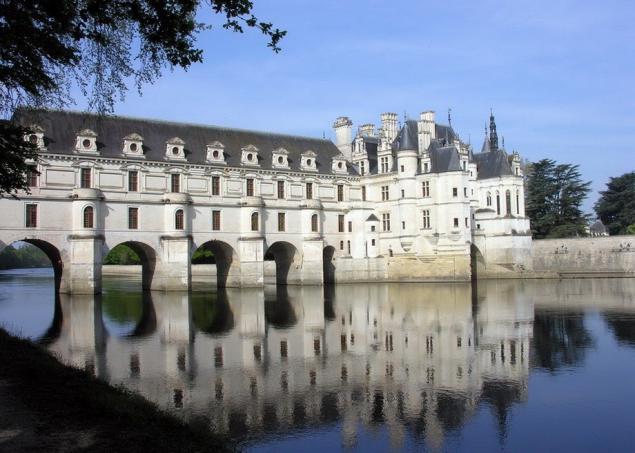
Castle Valanse
Valanse Castle (Chateau de Valencay) combines two architectural styles - Renaissance and Classicism. It is fully furnished and also surrounded by excellent French-style gardens and an English park. At one time the castle belonged to Talleyrand, for whom it was purchased in 1803 by Napoleon.

The castle of Azay-le-Rideau
The castle of Azay-le-Rideau (Chateau d'Azay-le-Rideau), built on the island in the middle of the river Indre, in its present form was built in the reign of Francis I a rich financier, Gilles Berthelot, who wanted to bring the Italian news of the French architecture. Surrounded by greenery, the castle washed by Andrew, which reflect its walls.

Royal Castle of Blois
Blois Royal Castle (Chateau Royal de Blois) - favorite residence of French kings Louis XII and Francis I. The castle is located in the heart of Blois, on the right bank of the Loire, and offers tourists a real panorama of the history of art and castles of the Loire.

Chateau Saumur
Saumur Castle (Chateau de Saumur) located in the same town, which is considered the capital of the French cavalry (here is the National Riding School), also known for its mushrooms and wine. Inside the castle there are three museums: the applied arts (porcelain, tapestries XV c.), Horse (stirrups, bridles, saddles, and a collection of slides from the Russian "troika"), and antique toys (animals, clowns and soldiers).
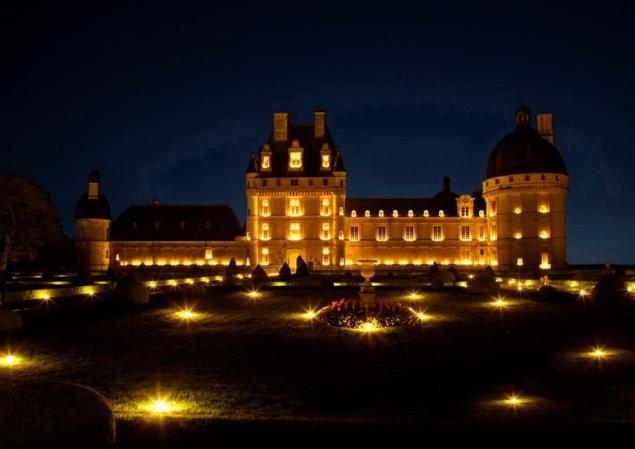
Chambord Castle
Chambord castle (Chateau de Chambord) - the largest of all the castles of the Loire. It was built on the orders of Francis I, who wanted to be closer to his beloved lady - Countess Turi, who lived nearby.
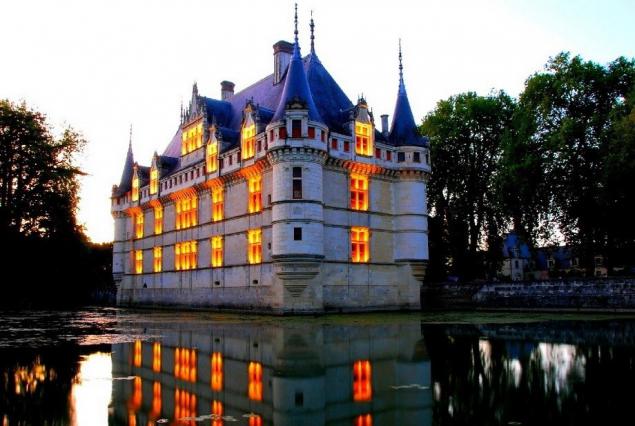
Castle Cheverny
Cheverny Castle (Chateau de Cheverny) recognized lock with the most magnificent furniture. Famous for his kennel and regular hunting with hounds. Castle Mulensar comic book by Belgian artist Hergé is copied exactly from the Château de Cheverny.
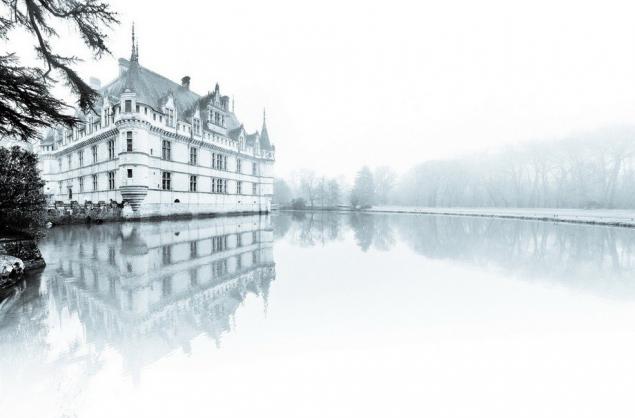
Castle Angers
Angers Castle (Chateau d'Angers) - a large medieval fortress with seventeen towers erected the young St. Louis on the border of his kingdom in the XIII century. From Neolithic times to the XXI century and the place is constantly changing its shape and purpose, with each period leaving its mark. In the walls are accommodation and gardens. The castle exhibited the famous tapestry of "Apocalypse", major work of medieval craftsmen.

Chateau du Clos Lucé
Chateau du Clos Lucé (Le Clos Luce) - House Museum of Leonardo da Vinci. At the beginning of 1516 Leonardo da Vinci accepted the invitation of King Francis I and settled in France. The artist died on May 2, 1519 Ambuazskom buried in the castle, which is located nearby and is connected to the Château du Clos Lucé an underground passage. From destruction during the Revolution Clos-Luce d'Amboise family saved. He then became property of the family Saint Bris. The family kept the castle to the present day. Today, Clos-Luce organized Museum of Leonardo da Vinci. The castle and the park is reconstructed and the universe comes to life Leonardo da Vinci.

Royal Castle of Amboise
Royal Castle of Amboise (Chateau Royal D'Amboise), towering over the Loire in Amboise, became a royal residence in the reign of King Charles VIII and Francis I (late XV-early XVI centuries.). Many European artists and writers lived at the court at Amboise, at the invitation of kings, like Leonardo da Vinci - here he was finishing "Mona Lisa" here and died in 1519 buried a great artist, as is commonly believed, in the castle chapel of St. Hubert.

Castle of Chaumont-sur-Loire
Castle of Chaumont-sur-Loire (chateau de Chaumont-sur-Loire) is located in the same estate where is also a landscaped park with centenary cedars and hosts the International Festival of Flowers. Zhdes lived most acute and original minds - Catherine de Medici, Diane de Poitiers, Nostradamus, Ruggieri, Benjamin Franklin, Germaine de Stael and capricious princess Broglie, which turned Chaumont-sur-Loire in a sophisticated and refined residence of French style.
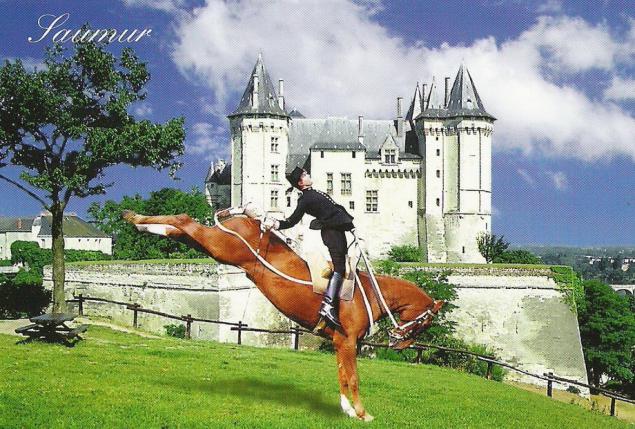
Castle Lanzhe
Lanzhe Castle (Chateau de Langeais) was founded at the end of the X century the Count of Anjou Fulk the Black (founder of the dynasty Plantagenet) on hanging over the Loire valley rock. In the XII century the castle was enlarged by his descendant Richard the Lionheart. Philip II Augustus had conquered Lanzhe Angevin counts in 1206, then it was partially destroyed by the English in the Hundred Years' War. From the building of that era preserved facade of the main tower, nicknamed "Black Fulk dungeon" - it is considered the oldest surviving stone fortress in France. The rest of the castle was built in the second half of the XV century, under Louis XI.

Château de Villandry
Villandry Castle (Chateau de Villandry) located 15 km to the west of the city of Tours on a highway D7. Known for his 3 gardens, dungeon, vysyaschimsya of decorative garden (1 ha), garden ornaments and a garden with a pond.
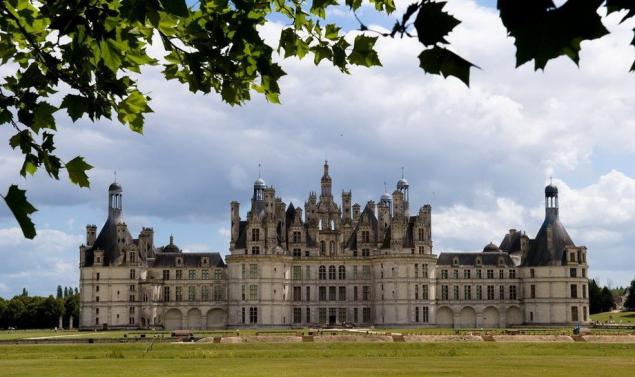
Abbey of Fontevraud
Fontevraud Abbey (Abbaye de Fontevraud) - one of the largest monasteries in Europe, the tomb of the royal dynasty of the Plantagenets. Abbey of Fontevraud strikes and sizes, and originality. Turned into a prison by Napoleon in 1804, it avoids the destruction and becomes a formidable prison. Last prisoners leave it only in 1985. Today it is - Cultural Center meetings (in the terminology of the Ministry of Culture and Communication). The Abbey hosts concerts, conferences and exhibitions. Abbey promotes creativity and prosperity, taking and placing artists.

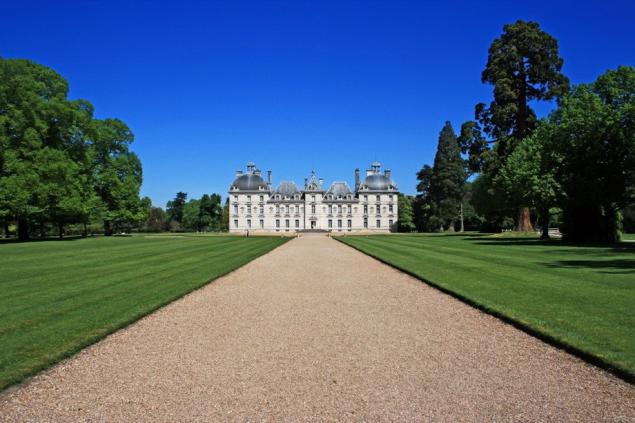
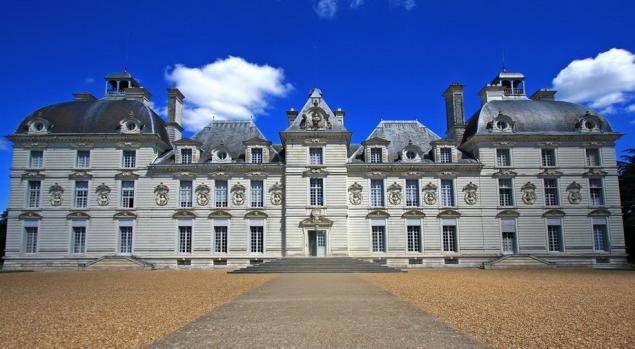
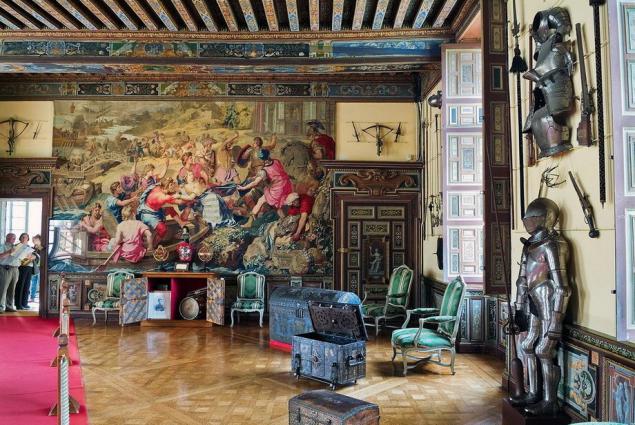
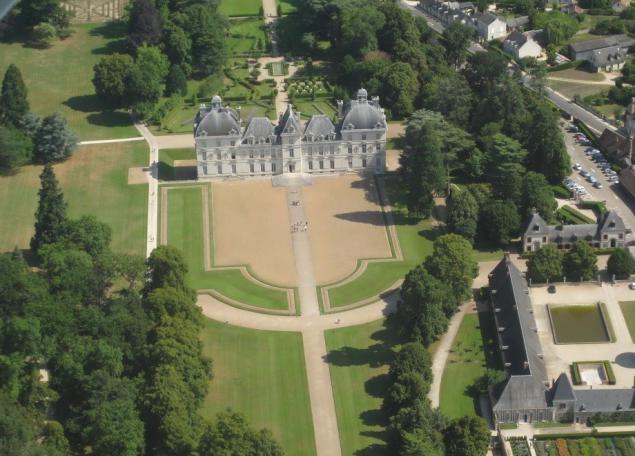
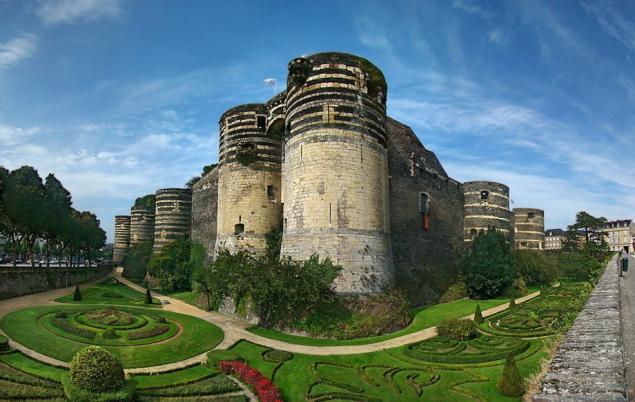
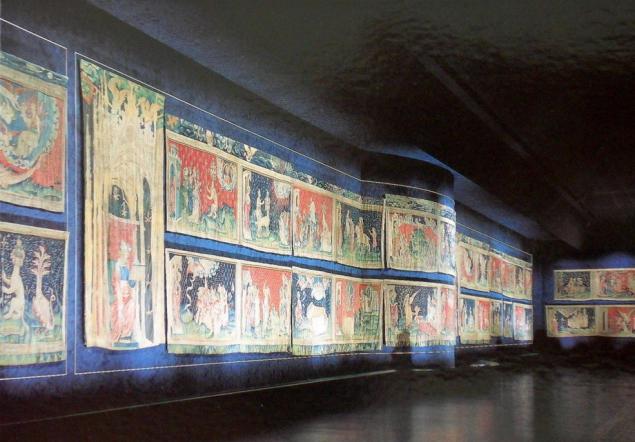
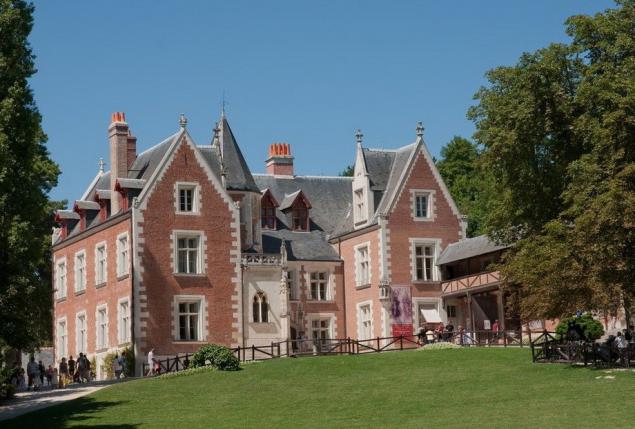

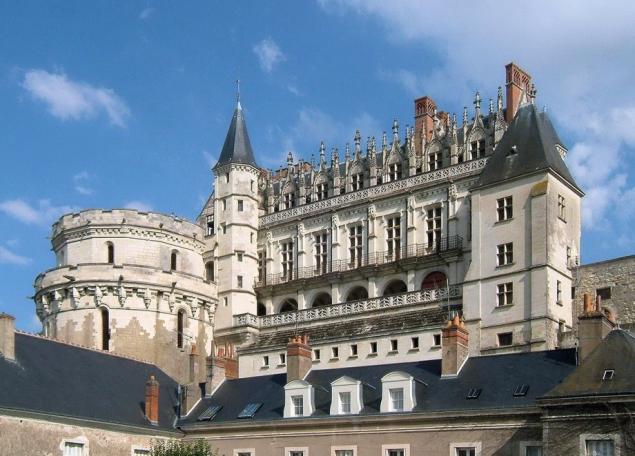



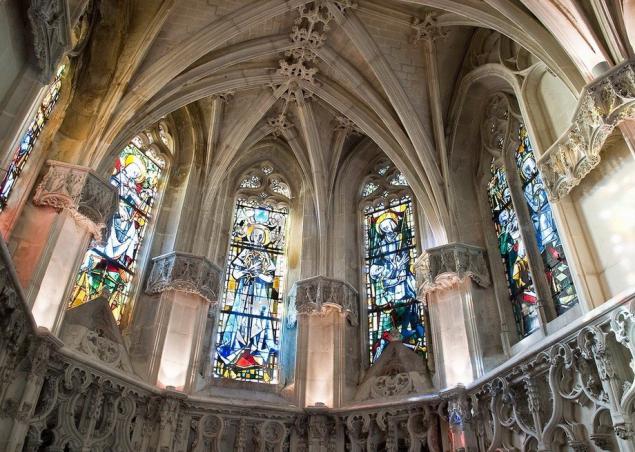
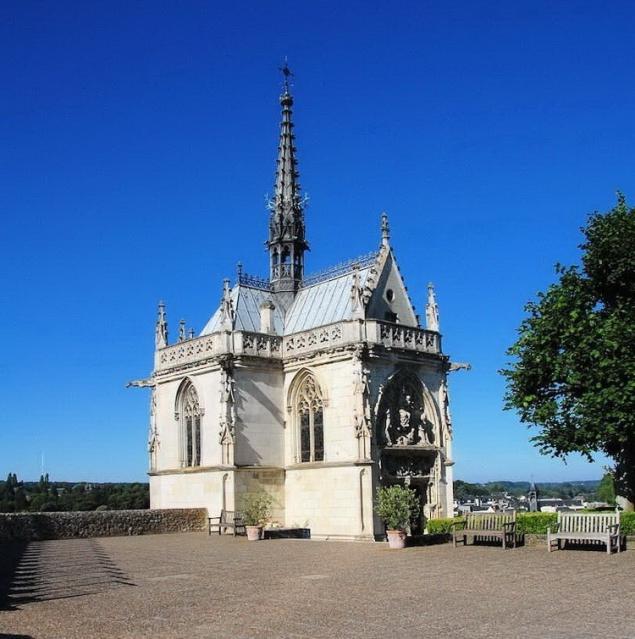
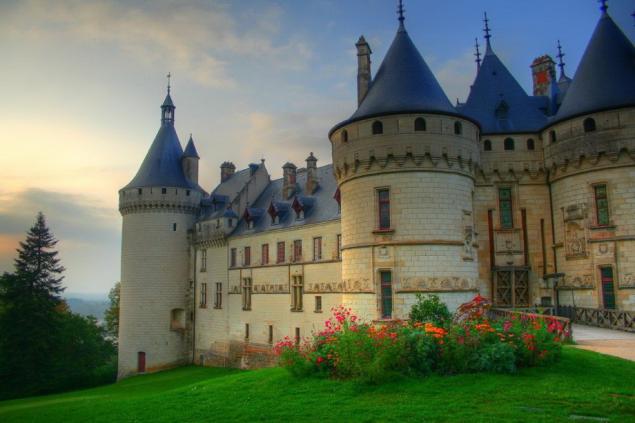
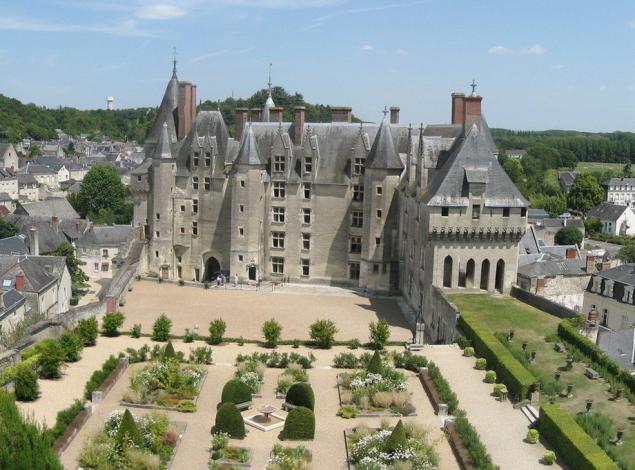
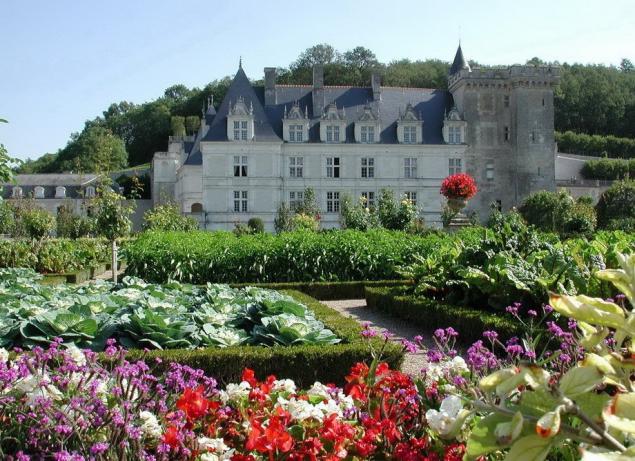
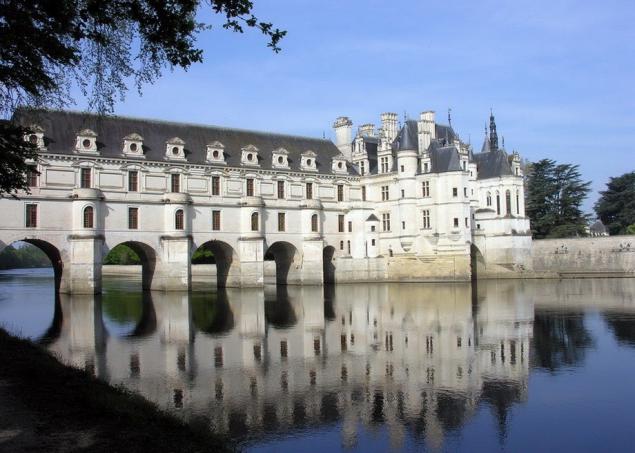
But, of course, the main attraction of the valley are the numerous castles, most of them built or substantially rebuilt during the French Renaissance, which served as a refuge for the royals in difficult times. The abundance of great architectural and historical monuments in this part of France's Loire Valley has defined entry in the UNESCO World Heritage List.
Traditionally, the castles of the Loire are called the lock 42 (although the English Wikipedia mentions as many as 300). Consider some of the most famous.

Chenonceau
Chenonceau Castle (Chateau de Chenonceau) is unique in its original location on the River Cher, as well as their destiny. He was loved, cherished and protected women such as Diane de Poitiers and Catherine de Medici
Today Chenonceau castle - the second most visited castle in France after Versailles.

Castle Valanse
Valanse Castle (Chateau de Valencay) combines two architectural styles - Renaissance and Classicism. It is fully furnished and also surrounded by excellent French-style gardens and an English park. At one time the castle belonged to Talleyrand, for whom it was purchased in 1803 by Napoleon.

The castle of Azay-le-Rideau
The castle of Azay-le-Rideau (Chateau d'Azay-le-Rideau), built on the island in the middle of the river Indre, in its present form was built in the reign of Francis I a rich financier, Gilles Berthelot, who wanted to bring the Italian news of the French architecture. Surrounded by greenery, the castle washed by Andrew, which reflect its walls.

Royal Castle of Blois
Blois Royal Castle (Chateau Royal de Blois) - favorite residence of French kings Louis XII and Francis I. The castle is located in the heart of Blois, on the right bank of the Loire, and offers tourists a real panorama of the history of art and castles of the Loire.

Chateau Saumur
Saumur Castle (Chateau de Saumur) located in the same town, which is considered the capital of the French cavalry (here is the National Riding School), also known for its mushrooms and wine. Inside the castle there are three museums: the applied arts (porcelain, tapestries XV c.), Horse (stirrups, bridles, saddles, and a collection of slides from the Russian "troika"), and antique toys (animals, clowns and soldiers).

Chambord Castle
Chambord castle (Chateau de Chambord) - the largest of all the castles of the Loire. It was built on the orders of Francis I, who wanted to be closer to his beloved lady - Countess Turi, who lived nearby.

Castle Cheverny
Cheverny Castle (Chateau de Cheverny) recognized lock with the most magnificent furniture. Famous for his kennel and regular hunting with hounds. Castle Mulensar comic book by Belgian artist Hergé is copied exactly from the Château de Cheverny.

Castle Angers
Angers Castle (Chateau d'Angers) - a large medieval fortress with seventeen towers erected the young St. Louis on the border of his kingdom in the XIII century. From Neolithic times to the XXI century and the place is constantly changing its shape and purpose, with each period leaving its mark. In the walls are accommodation and gardens. The castle exhibited the famous tapestry of "Apocalypse", major work of medieval craftsmen.

Chateau du Clos Lucé
Chateau du Clos Lucé (Le Clos Luce) - House Museum of Leonardo da Vinci. At the beginning of 1516 Leonardo da Vinci accepted the invitation of King Francis I and settled in France. The artist died on May 2, 1519 Ambuazskom buried in the castle, which is located nearby and is connected to the Château du Clos Lucé an underground passage. From destruction during the Revolution Clos-Luce d'Amboise family saved. He then became property of the family Saint Bris. The family kept the castle to the present day. Today, Clos-Luce organized Museum of Leonardo da Vinci. The castle and the park is reconstructed and the universe comes to life Leonardo da Vinci.

Royal Castle of Amboise
Royal Castle of Amboise (Chateau Royal D'Amboise), towering over the Loire in Amboise, became a royal residence in the reign of King Charles VIII and Francis I (late XV-early XVI centuries.). Many European artists and writers lived at the court at Amboise, at the invitation of kings, like Leonardo da Vinci - here he was finishing "Mona Lisa" here and died in 1519 buried a great artist, as is commonly believed, in the castle chapel of St. Hubert.

Castle of Chaumont-sur-Loire
Castle of Chaumont-sur-Loire (chateau de Chaumont-sur-Loire) is located in the same estate where is also a landscaped park with centenary cedars and hosts the International Festival of Flowers. Zhdes lived most acute and original minds - Catherine de Medici, Diane de Poitiers, Nostradamus, Ruggieri, Benjamin Franklin, Germaine de Stael and capricious princess Broglie, which turned Chaumont-sur-Loire in a sophisticated and refined residence of French style.

Castle Lanzhe
Lanzhe Castle (Chateau de Langeais) was founded at the end of the X century the Count of Anjou Fulk the Black (founder of the dynasty Plantagenet) on hanging over the Loire valley rock. In the XII century the castle was enlarged by his descendant Richard the Lionheart. Philip II Augustus had conquered Lanzhe Angevin counts in 1206, then it was partially destroyed by the English in the Hundred Years' War. From the building of that era preserved facade of the main tower, nicknamed "Black Fulk dungeon" - it is considered the oldest surviving stone fortress in France. The rest of the castle was built in the second half of the XV century, under Louis XI.

Château de Villandry
Villandry Castle (Chateau de Villandry) located 15 km to the west of the city of Tours on a highway D7. Known for his 3 gardens, dungeon, vysyaschimsya of decorative garden (1 ha), garden ornaments and a garden with a pond.

Abbey of Fontevraud
Fontevraud Abbey (Abbaye de Fontevraud) - one of the largest monasteries in Europe, the tomb of the royal dynasty of the Plantagenets. Abbey of Fontevraud strikes and sizes, and originality. Turned into a prison by Napoleon in 1804, it avoids the destruction and becomes a formidable prison. Last prisoners leave it only in 1985. Today it is - Cultural Center meetings (in the terminology of the Ministry of Culture and Communication). The Abbey hosts concerts, conferences and exhibitions. Abbey promotes creativity and prosperity, taking and placing artists.










































